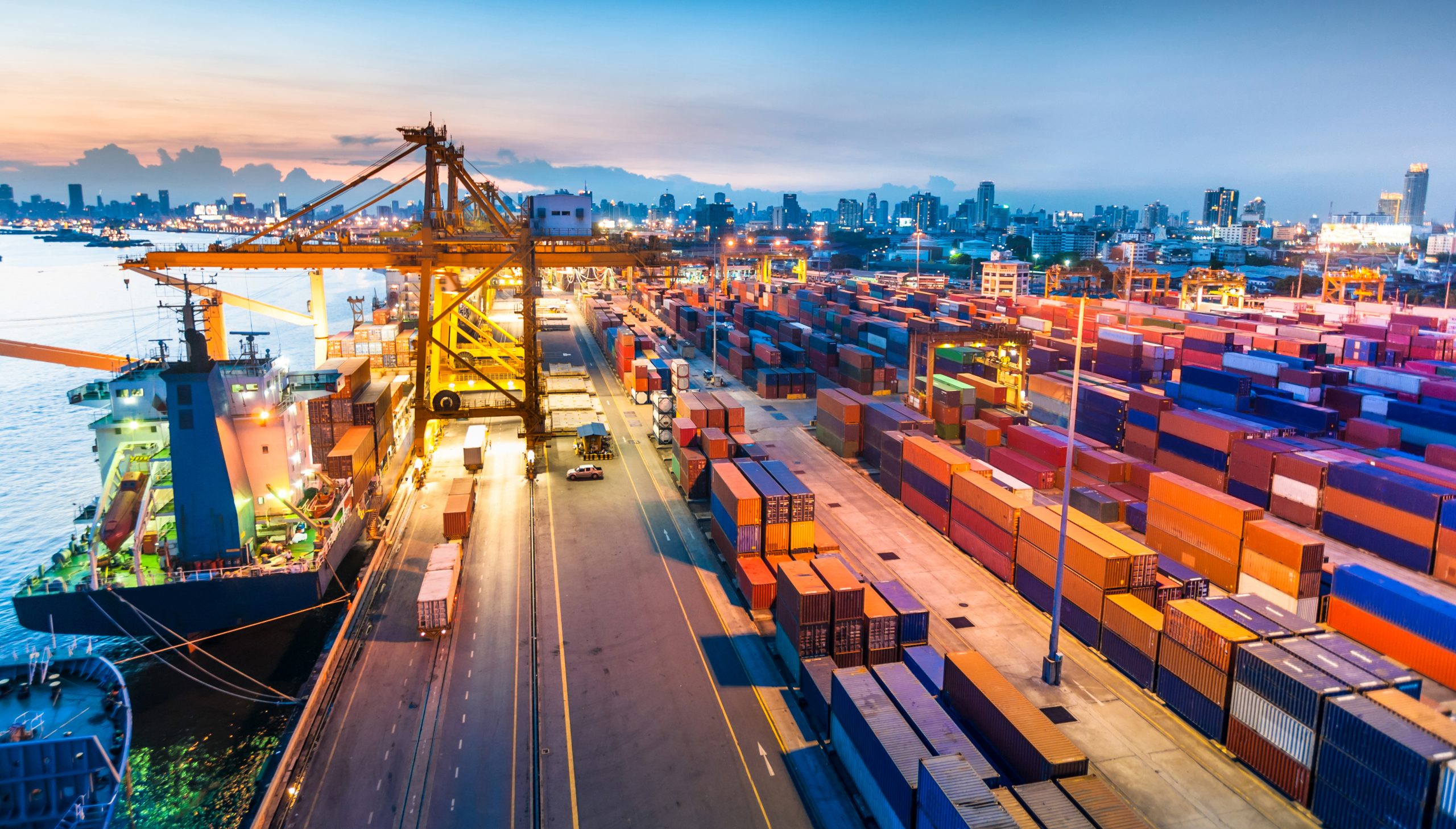Navigating the complex world of customs brokerage can be a daunting task. With numerous regulations and ever-changing requirements, companies often face challenges when it comes to clearing goods through customs efficiently and effectively. Whether you are an entrepreneur in the IT industry or a decision-maker in marketing, understanding these challenges and their solutions is crucial for smooth international trade.
Let’s look at some of the most common challenges and their solutions when it comes to customs brokerage.
1. Time Constraints
One of the major challenges in customs brokerage is the time constraints involved in clearing goods. Customs clearance procedures can be time-consuming, leading to delays in delivery and increased costs.
To overcome this challenge, it is essential to work with experienced customs brokers who have a deep understanding of the process. These professionals can navigate through the paperwork, ensure compliance with regulations, and expedite the clearance process. This understanding has caused a rise in customs brokerage services. These services combine state-of-the-art technology with real-time monitoring to ensure increased safety across a range of sectors.
2. Tariff Classification
Another challenge in customs brokerage is proper tariff classification. Each product has its unique classification code under the Harmonized System (HS) developed by the World Customs Organization. Incorrect classification can lead to penalties and delays at the border.
To address this challenge, companies can seek harmonized system classification. These services provide expert guidance in determining the correct HS code for products, ensuring smooth clearance at customs.
3. Building Strong Partnerships
Collaboration is key in overcoming challenges in customs brokerage. Building strong partnerships with customs brokers, freight forwarders, and other stakeholders can streamline the clearance process. These partnerships allow for better communication, efficient handling of documentation, and access to valuable industry insights. By working together with trusted partners, companies can overcome obstacles and ensure smooth customs clearance.
4. Managing Customs Duties and Taxes
Customs duties and taxes are an unavoidable aspect of international trade. However, managing these costs can be challenging. To overcome this challenge, companies can employ strategies such as utilizing free trade agreements, optimizing supply chain routes, and exploring duty drawback programs. By carefully analyzing the tax implications and implementing cost-saving measures, companies can effectively manage customs duties and taxes.
5. Enhancing Compliance
Ensuring compliance with customs regulations is crucial to avoid penalties and delays. Harmonized system classification services play a vital role in enhancing compliance. Additionally, companies should invest in training programs for their employees to keep up with changing regulations and ensure adherence to customs procedures.
6. Staying Updated with Regulatory Changes
Regulations governing customs brokerage are constantly evolving. Staying updated with these changes is essential to avoid compliance issues. Companies should regularly monitor updates from customs authorities, industry associations, and trade publications. Additionally, engaging with industry experts and participating in conferences or webinars can provide valuable insights into regulatory changes and best practices.
7. Efficient Documentation Management
Proper documentation is crucial for seamless customs clearance. Inaccurate or incomplete paperwork can lead to delays or even shipment rejection. To overcome this challenge, companies should implement efficient document management systems that automate data entry, ensure accuracy, and facilitate easy retrieval of necessary documents. Investing in technology solutions such as electronic data interchange (EDI) can significantly improve documentation processes.
8. Managing Risk and Security
Risk management and security are paramount in customs brokerage. Companies need to ensure the safety and integrity of their goods throughout the supply chain. Implementing robust security measures, such as cargo tracking systems, tamper-evident packaging, and secure transportation, can help mitigate risks. Additionally, conducting regular risk assessments and developing contingency plans can prepare companies to address potential disruptions effectively.
9. Continuous Process Improvement
In the dynamic world of customs brokerage, continuous process improvement is essential. Analyzing key performance indicators (KPIs) and conducting regular audits can identify bottlenecks and areas for improvement. By leveraging technology solutions, automating repetitive tasks, and implementing Lean Six Sigma methodologies, companies can optimize their customs brokerage processes and enhance overall efficiency.
The Conclusion
Navigating the challenges of customs brokerage requires a proactive approach. By harnessing advanced technology, seeking expert guidance through harmonized system classification services, building strong partnerships, effectively managing customs duties and taxes, staying updated with regulatory changes, implementing efficient documentation management systems, managing risk and security, and continuously improving processes; companies can overcome these challenges and ensure smooth international trade.

